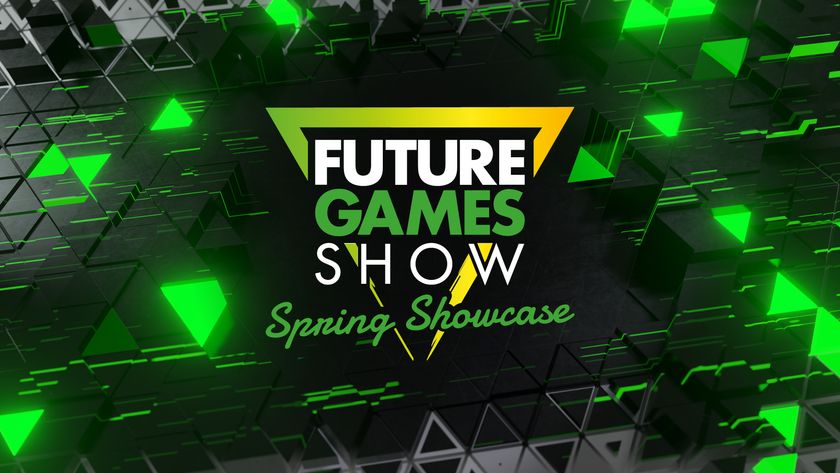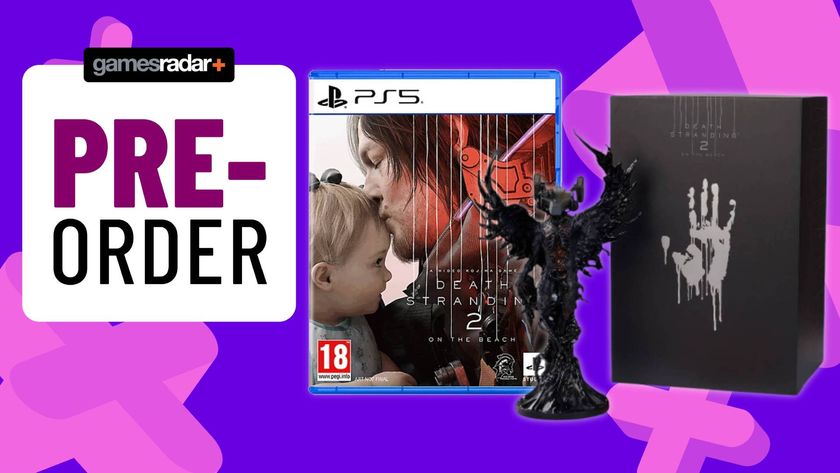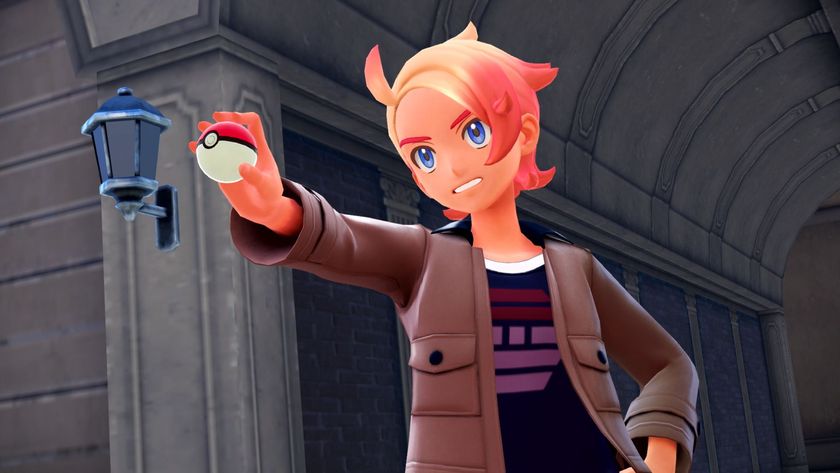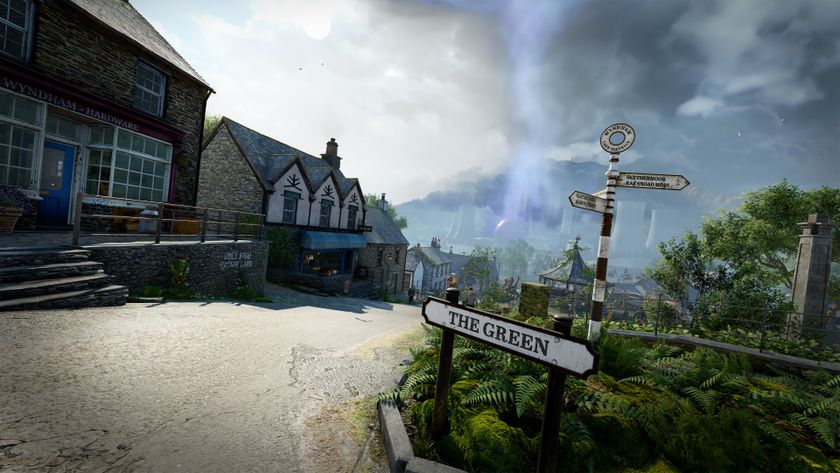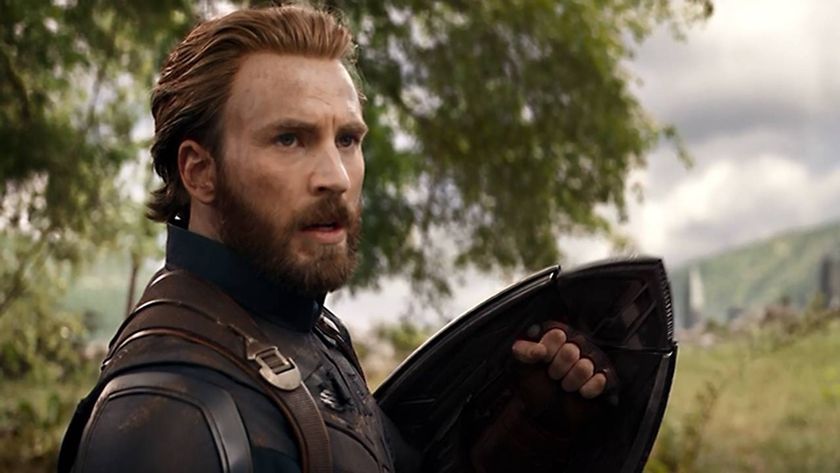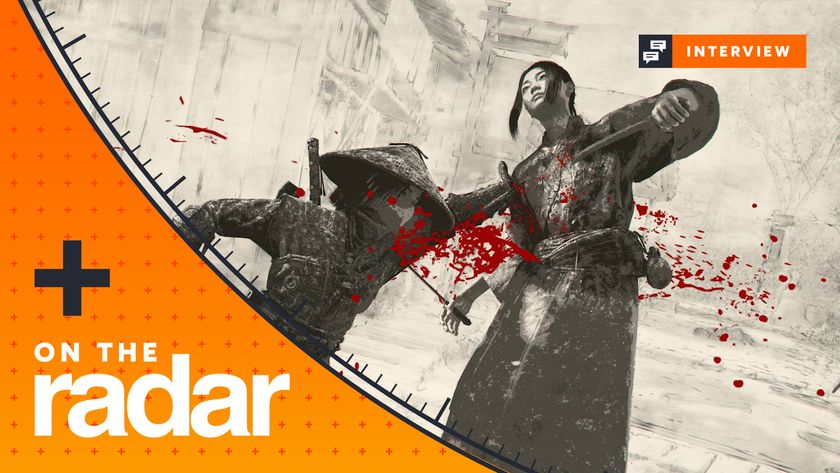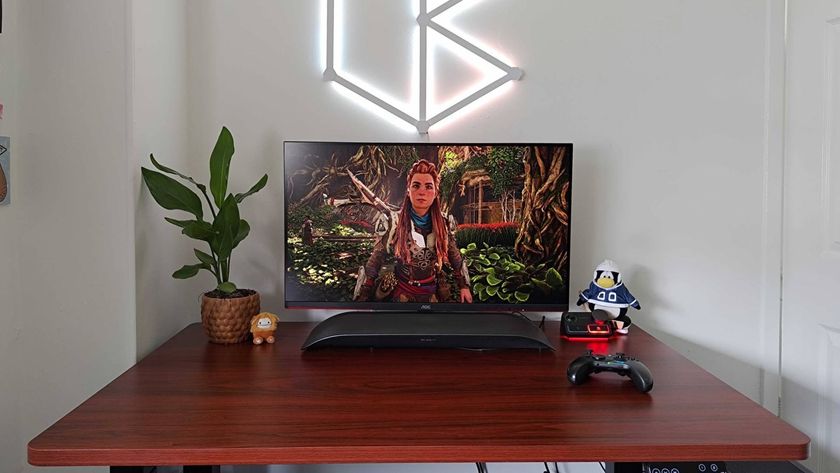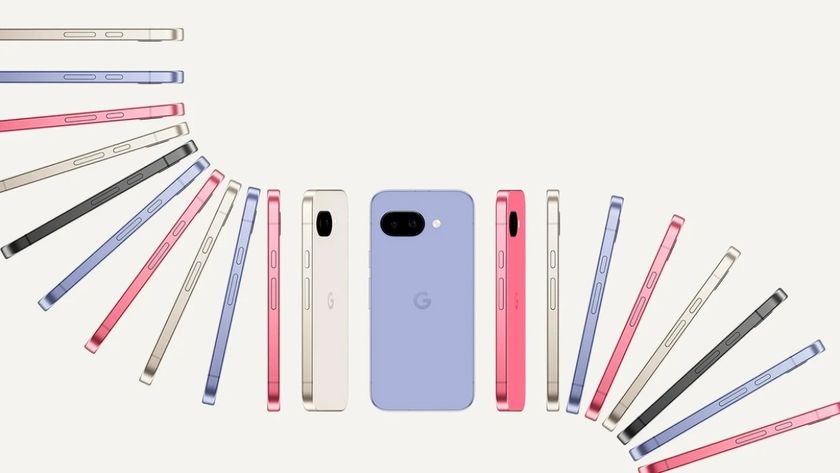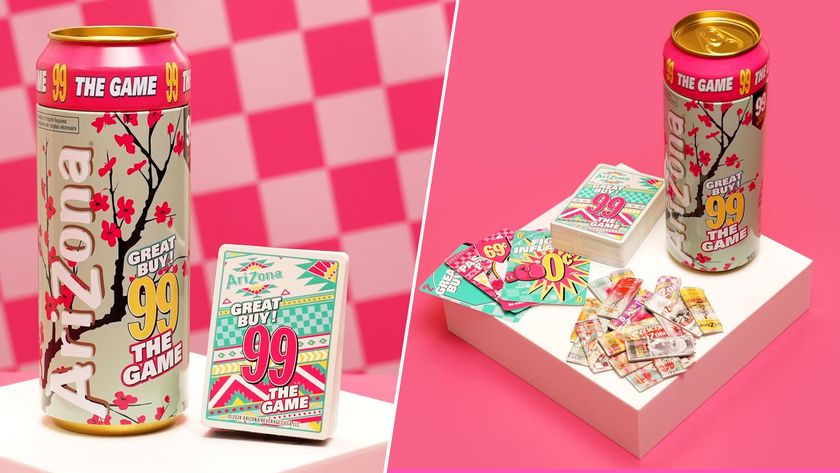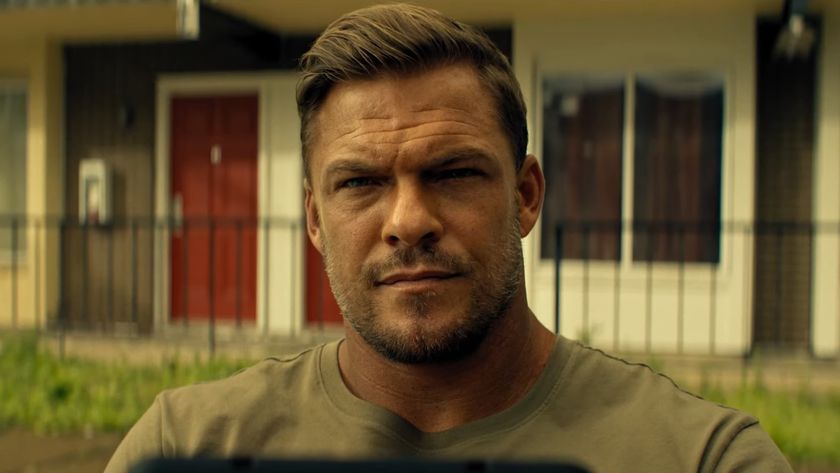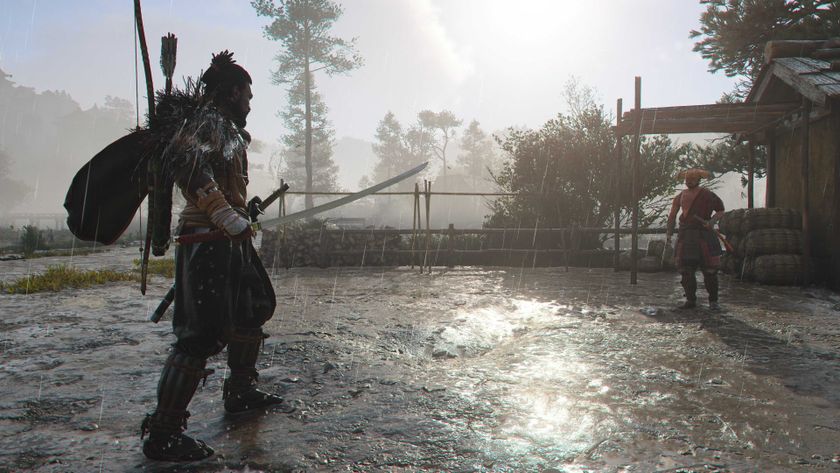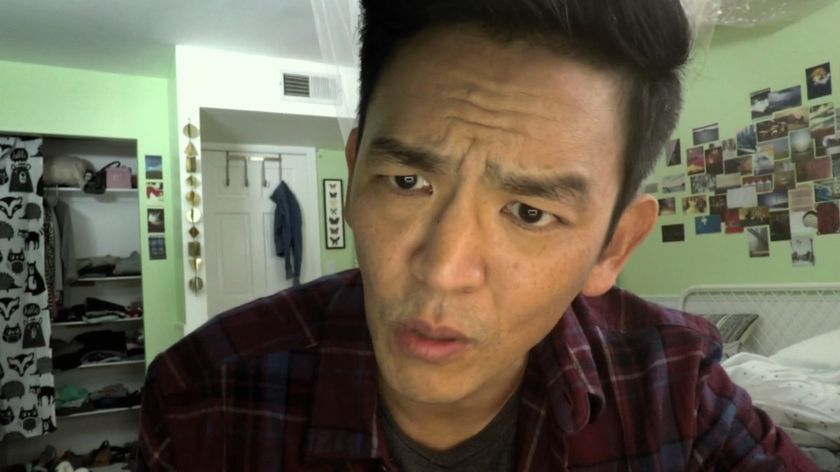Sega Saturn turns 20, and it's not as shit as you think
As Winston Churchill once said: "History is written by the victors." And so, 20 years after Sega Saturn arrived, and around 15 since its untimely death, Sega's 32-bit console is, frankly, a bit of a joke. 'Saturn LOL' seems to be about the gist of it. But don't be fooled by modern-day popularist opinions. Saturn had (technically) more power than PSone. It had a games library glistening with AAA-quality gaming jewels. It deserves your attention. So put your preconceptions to one side and let me explain why this wonderful games console warrants more respect.
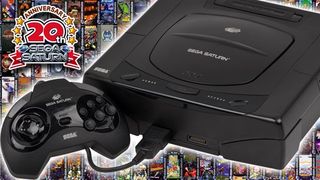
First of all, what the hell is a Sega Saturn? A crap PSone? Look, we're going to have to stop with that attitude. And if the wind changes, that smirk will stick. OK? Good. Saturn was PSone's direct competition, from late 1994 until mid-1998, except in Japan where it thrived for several years afterwards. Unlike the more-powerful-but-ultimately-flawed N64 hardware, Saturn is roughly equivalent to Sony's first console in terms of processing grunt. It can 'do' texture-mapped 3D, crude light sourcing and 3D game worlds.
So it saw the first release of Tomb Raider, which was a revelation in 1996. And it got conversions of Sega's supreme Model 2-powered arcade games. For pretty much every PSone megalith like Ridge Racer, Tekken 2 or Time Crisis, Saturn has an equivalent, like Sega Rally, Virtua Fighter 2 or Virtua Cop. I would argue all three are superior but I appreciate that's highly subjective. But it’s also true.

While the exact circumstances around Saturn's development are still the source of debate (among fans whose appreciation of etchings is totally coincidental), it's likely it was never intended to be a 3D-centric machine, at least not to start with. Despite Sega's magnificent, full-blooded charge into polygonal 3D in the arcades with the likes of Virtua Racing, Virtua Fighter and Daytona USA, it seems Saturn was designed primarily as a 2D powerhouse. Think 'next-gen Mega Drive/Genesis' (with a fantastic sound chip too, to make sure criticisms of the previous console weren't repeated) rather than a Dreamcast precursor.
And sure enough, that didn't change. Saturn remains an exceptional 2D machine. It mimicked the then-arcade-specced Neo Geo hardware, as demonstrated by its Japan-only port of Neo Geo's Metal Slug. And it not only runs a pixel-perfect conversion of the arcade version of OutRun, it even doubles its frame-rate from 30fps to 60fps (the video below is 30fps, but you'll get the idea - those sprites are humongous).
With an extra 4MB (yes, dammit, you're right to say 'wow!') RAM cartridge (again, Japan only), it can even run arcade-perfect versions of the original Marvel Super Heroes vs Street Fighter and its predecessor, X-Men vs Street Fighter. PSone, conversely, cannot. Capcom couldn't even get the core tag-team format running properly as its memory simply didn't allow it. How lame.
But, of course, PlayStation was - at the time - exceptional when it came to 3D visuals. Now, I want to explain why Saturn was so good, but to do so I have to explain why it was also often so bad. Seeing the Sony threat on the horizon like a polygonal T-Rex (which is probably the demo that scared Sega execs in the first place), Sega changed the design of the Saturn. Not by creating a dedicated 3D machine. No, it added a second processor to work alongside that magnificent 2D circuitry. The result, in theory, was an even more powerful machine. But in practice, this unusually complex architecture was disastrous. It was just too difficult to get good results for the majority of developers.
Sign up to the 12DOVE Newsletter
Weekly digests, tales from the communities you love, and more
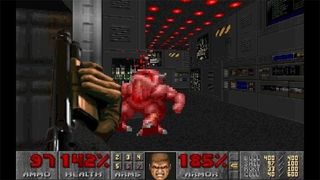
Porting PSone code to Saturn was possible, certainly, but it usually meant the comparatively weak 3D chip being asked to do everything. With choppy frame-rates, more pop-in (remember that?) and an apparent inability to render translucent polygons, multi-platform games normally look dreadful on Saturn compared to the PSone version (which these days look dreadful also, it must be said). Destruction Derby, FIFA '98, Tomb Raider… Doom, in particular is abysmal on Saturn.
But, crucially, this disparity is not universal. Because if you have a decent-enough 3D processor and a supreme 2D processor, the two can be combined. When developers put the effort in and split the load, populating 3D worlds with scaling 2D sprites, the results are PlayStation-beating.

Exhumed, the Egyptian-themed FPS from Lobotomy Software, was a technical marvel when it was released, trumping PSone's frame-rate, detail and even adding in dynamic lighting. Virtua Fighter 2 actually used one internal chip for each fighter on the screen, halving the workload and resulting in a lightning-fast, full-screen experience. And look at the quality of those character models.
And then, of course, there's NiGHTS into Dreams. You either love it or you don't, but from a technical point of view, it's indisputably sensational. Sonic Team was at the height of its powers and it showed. While its second NiGHTS-engined game, Burning Rangers, was scrappy as hell, it did feature translucent aquarium glass. So by 1998, even the supposedly impossible was possible.
I know what you're thinking. Who the hell cares? Now that the average smartphone is roughly a million times more powerful than either machine, it literally doesn't matter any more. But my point is, it could have been so, so different if only more developers had made the effort to get to grips with the architecture. But, with consumers flocking to the best-looking games in those crucial early days, Daytona USA was no match for Ridge Racer (a shame, as it still plays superbly, albeit maintaining a visual quality somewhere between praline and dick). So PSone was almost universally the lead platform, right from the start.
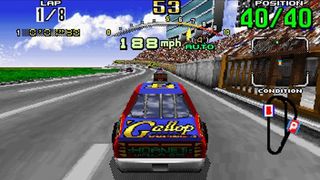
Which left Sega in pretty much exactly the same situation Nintendo is in now. Its first-party teams needed to step up and deliver exceptional software, to make up for the third-party offering. But boy, did Sega deliver. Saturn became home to some astonishing first-party arcade conversions. The lightgun-tastic Virtua Cop 1&2. Manx TT Superbike. Sega Rally Championship. Virtual On. All top-quality ports. And there were plenty of fun but scrappy ones too, like House of the Dead and Sega Touring Car Championship.
And in terms of retro ports, of course an advanced, 2D-centric modern console was always going to be incredible. Sonic Jam still rivals Christian Whitehead's Retro Engine in terms of the title of 'best ports' of Sonic games. It even includes Sonic 3 and Sonic & Knuckles' trailblazing lock-on feature. The Sega Ages collection ported Power Drift, Afterburner II and Space Harrier in exemplary fashion.

Some third-parties did bother to get the most from Saturn, which received a superior version of Resident Evil. A ground glitch-free version of Wipeout 2097. A stupendous conversion of Duke Nukem 3D (again with the dual processor thing working its magic beautifully) and somehow even a port of Quake. I played that one recently and it's a miracle. Dead or Alive even made its home debut on Saturn, with a far better conversion than PlayStation's. Then there's a little game called Radiant Silvergun, again proving that a developer that elected to explore Saturn's real capabilities could produce actual magic.
You only have to look through our list of Best Sega Saturn games of all time to see the quality of software on offer. But the hardware is also worthy of praise. Its internal clock was used to give real-world timed events in Sega Touring Car Championship and NiGHTS, just as Animal Crossing does today. The smaller of the two official Saturn pads is recognised by many who know as being one of the best pads for 2D fighting games ever.
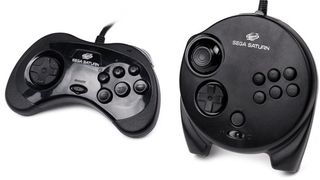
And while N64 may have offered the gaming world its first analogue thumbstick, the Saturn's twin-horned 3D Control Pad (under that circular face) set the template for every successful controller that followed, with analogue shoulder triggers and left thumbstick. Sony's second stick may have made all the difference, but the fundamental design is closer to Sega's pad. Put it this way: I don't see any three-pronged controllers around the office these days.
You'll have to pardon my indignant eyebrows, but all of the above doesn't sound like a joke at all. It sounds like yet another example of something astonishing losing out because it required more effort. Well, that just makes it all the more special. And I still get that sense of 'next generation' when I load up its best games. There's magic in its pixels I don't feel when I look at a PSone game. Happy birthday, Saturn.
Justin was a GamesRadar staffer for 10 years but is now a freelancer, musician and videographer. He's big on retro, Sega and racing games (especially retro Sega racing games) and currently also writes for Play Magazine, Traxion.gg, PC Gamer and TopTenReviews, as well as running his own YouTube channel. Having learned to love all platforms equally after Sega left the hardware industry (sniff), his favourite games include Christmas NiGHTS into Dreams, Zelda BotW, Sea of Thieves, Sega Rally Championship and Treasure Island Dizzy.


